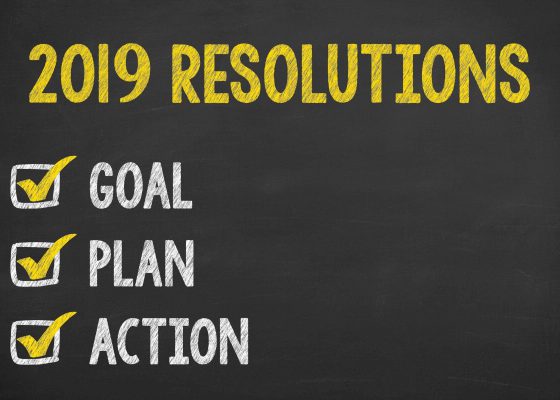Networking tips – How to make the most of your 60 second pitch
businessdoctorsadmin
22-10-14I was at a networking event recently where (as at most events) we were all given an opportunity to do our ’60 second pitch’. There must have been about 20 of us there and I was struck by the variation in peoples’ pitches. Some were excellent – did exactly what was required with an added bit of humour and interest ensuring that they would be remembered. Others were less good and some rambled on for well over a minute, some for over two minutes (no time bonging at this event!). At the end I was asked to put together a ‘How to do a 60 second pitch’. Which I duly did, and I thought I’d share it here too. Hope you find it useful – particularly if you’ve never had the joy of doing one before.
What is the purpose of the 60 second pitch during a networking session?
It’s your elevator pitch; your opportunity to share with the people in your networking group what it is you do, why you are special and the sorts of businesses and/or actions you are looking for others to refer to you and/or take. You want people to want to do business with you or know people who they can refer to you to do business with you.
60 seconds can either seem like a lifetime or no time at all.
Either of which can apply when you are asked to do a 60 second spot at a networking session. If you’ve never done one before, it’s a potentially sweaty, nerve wracking, what on earth do you say, longest time of your life, is the time over yet, I’ve got another 40 seconds to go and I’ve run out of stuff to say!
Fear not – remember, everyone wants you to do well and wants to be enthused about your product or services. Once you’ve got a few under your belt, they do become easier, honest!
Or the converse is when you are so passionate about your business and what you offer that you feel 60 seconds just doesn’t give you enough time to explain all the wonderful things you do and you burst through the barrier to two minutes and more. The reality is you can get across all the really important information in just those 60 seconds.
So…what to do?
It’s good to have a structure that you can work to. Here’s a suggested one below with examples for each section using Joe Bloggs from Webtastical (He is a completely fictitious character; any resemblance to real persons, living or dead, is purely coincidental. As is the company!):
1. State your name, your business and what you do:
‘My name is Joe Bloggs, I run an on-line web design business, Webtastical, and I work with start-up companies to help them get great looking websites that get seen by their potential customers who are encouraged to engage with the site.’
(Note – Put what the customer is actually buying – not just ‘I build websites’)
You may want to expand this a little – for example if someone else in the room has said something that resonates with you, you can build that in on an ad hoc basis, which also has the advantage of making the whole spiel sound more natural.
I was at a networking event when the chairperson stated that the purpose of the group was that all the people attending wanted to grow their businesses. I then wove that into my introduction saying I was delighted to hear that the group was all about growing their businesses as that was exactly what I helped companies do.
Or it may be that it’s your first time at a meeting e.g. You’ve been invited along as a visitor to a group and you want to thank the group for inviting you.
2. Give a really good example of some work you have done with a customer:
‘I worked with one customer, a florist, who wanted her website updating and to drive more traffic to the site. Having understood what she wanted, we worked on producing an up to date site including a blog, some video and improved how people could order on line. As a result she now gets 200 hits a week (compared with 10 before) and she now generates £500 a week of revenue from her site where she was getting nothing before.’
Some people bring along props for this bit. This is a great idea if it’s relevant to your pitch. One networker brought a chocolate orange along and used it to demonstrate how banks may treat companies looking for funding (by bashing it on the back of a chair). He then threw out segments of chocolate orange (him as the (much sweeter) source for getting funding less painfully). Very memorable. Or bring along your product for people to see. I’ve seen roller blinds with company logos on, wooden flooring, light bulbs, knee braces and even a resus annie at one event. There’s nothing better than a visual cue for people.
3. Tell people what you are looking for. The more specific you can be here, the better.
‘I’m looking for sole practitioner beauty salons in Leatherhead who have websites. If you know anyone, I’d love to speak to you afterwards.’
Some people are really specific – One lady at an event I went to wanted to meet the CEO of Pfizer. Amazingly someone attending the meeting knew how to get hold of her!
4. Remind people of who you are and what your business is called.
‘I’m Joe Bloggs, and I’m from Webtastical. Thank you.’
5. Sit down. Breathe.
It’s worth writing it all down and practicing with it beforehand. It helps you get comfortable with what you want to say and also you can time it. Also it’s good to have a few examples up your sleeve for those return trips or if you go to a new event and meet old faces from other events.
A final word
If you have been given 60 seconds to speak, please keep to that time limit. It’s not fair to others if you over extend by very much, particularly if it’s a large group. Some groups will ping you at a minute and stop you from talking further – Be warned; you may not have got to your best bit yet.
Equally, you want to make the most of your 60 seconds, so if it’s only 30, you’re missing an opportunity. Keep working on it, until you have your golden 60.
Good luck!
Uncategorized

Uncategorized
November 19, 2019Business Confidence – up or down?
The Institute of Chartered Accountants in England & Wales (ICAEW) publish a quarterly UK Business Confidence Monitor and Q4 2019...

Uncategorized
March 27, 2019Have you Found your Core Purpose?
Find Your Purpose Your Core Purpose should come from a mix of what you love, what you are good at,...

Uncategorized
December 11, 2018Three Business Resolutions for the New Year
Three resolutions that you can make to improve your business in the New Year by Planning, Formalising, and Reviewing all...




